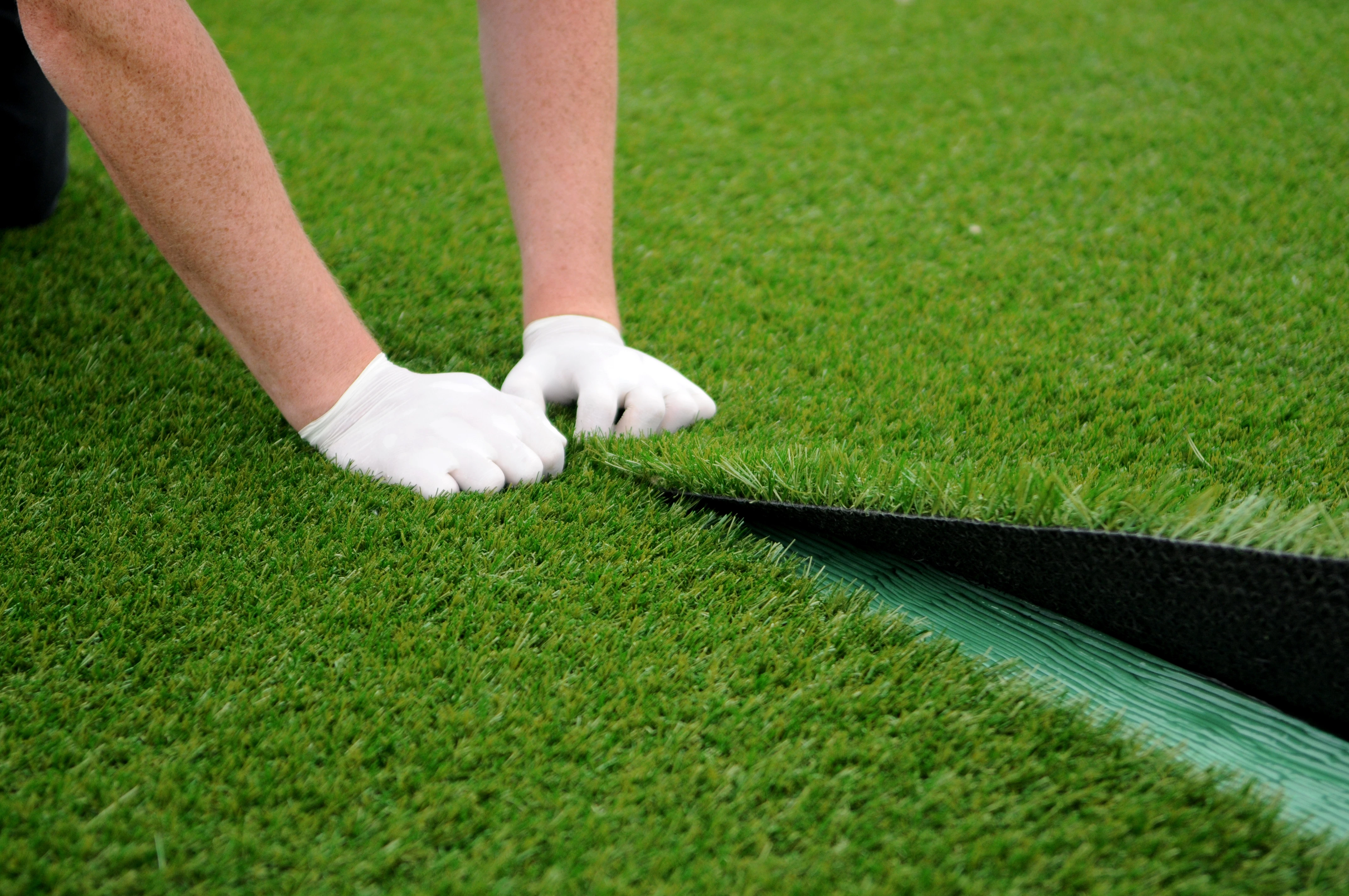In today’s rapidly changing world, homeowners are constantly seeking ways to simplify one's lifestyle and improve the outdoor spaces. Due to the rise of synthetic turf, numerous choose artificial grass as a practical solution that provides both aesthetic appeal and convenience. But why might fake grass become the optimal lawn decision for one's lifestyle? The solution lies in its multiple benefits that address a wide range of needs and desires.
From cutting down time on mowing to eliminating the hassle of yearly maintenance, artificial grass presents a minimal upkeep alternative that can transform any yard. As more people realize the perks of synthetic turf, such as eco-friendly advantages and all-year perfection without the worry of dirty spots, the demand for fake grass continues to grow. Whether you have a busy family, curious pets, or a small urban garden, the advantages of artificial grass can boost your living space while making lawn care a cinch.
Advantages of Fake Grass
One of the major advantages of fake grass is its low maintenance appeal. Unlike fake grass installation companies near me , that needs regular mowing, watering, and fertilizing, synthetic turf provides a no-fuss solution for homeowners. This allows you to spend more time enjoying your yard rather than being tied down by maintenance. Wave farewell to mowing and the never-ending maintenance that comes with a natural lawn, allowing you to focus on leisure activities and family time.
An additional noteworthy benefit of artificial grass is its capacity to withstand different weather conditions. Whether facing scorching heat, heavy rain, or snowfall, fake grass holds up remarkably well. This durability guarantees that your lawn stays green and beautiful all year round, removing the worry of brown patches or muddy areas. Homeowners value how artificial turf can handle high traffic, making it particularly suitable for families with children or pets.
In addition, installing fake grass offers considerable long-term savings. By eliminating the need for water, fertilizers, and professional landscaping services, homeowners can see a significant reduction in their monthly bills. The eco-friendly benefits of synthetic turf are also noteworthy, as it saves water and reduces the use of chemicals, making it a smart investment for those looking to create a greener lifestyle without compromising aesthetics.
Cost and Maintenance Benefits
A key reason property owners opt for artificial grass is the significant long-term financial savings that come with it. Even though the upfront installation cost might be greater than growing traditional grass, the non-existence of ongoing maintenance expenses turns fake turf a wise investment. You won't have to pay money on lawn care services, fertilizers, or additional water bills, all of which add up as time goes on. Rather, with fake grass, you can anticipate regular savings every year, permitting you to allocate those funds to alternative home improvements or personal interests.

Maintenance is a further selling point for artificial grass. With natural grass, you face regular mowing, trimming, and weeding, duties that can take up precious time during your weekends. Fake grass gets rid of these tasks entirely, allowing you to enjoy your outdoor space without the burden of regular upkeep. For active homeowners, that means extra time spent with family and friends as opposed to cutting grass or removing weeds.
Furthermore, artificial grass is designed to handle heavy use, making it an perfect solution for families with children and pets. Compared to real grass, which can become bumpy and muddy, artificial grass maintains its look and usability throughout the year. It provides a safe and tidy play area for kids and pets while also preventing the wear and tear that usually comes with high-traffic yards. This resilience adds to the overall cost-effectiveness of artificial grass, as homeowners will not have to get new grass or overseed damaged areas each season.
Environmental Impact of Artificial Turf
Artificial turf has gained popularity not only for its visual appeal but also for its environmental advantages. One significant effect is the reduction of water usage. Traditional lawns require considerable amounts of water to maintain their green appearance, especially in drought-prone areas. By switching to fake grass, homeowners can save this precious resource, leading to diminished water bills and a lower overall environmental footprint. This crucial benefit is consistent with the growing focus on sustainable living and responsible water management.
Moreover, synthetic grass eliminates the need for toxic fertilizers and pesticides often used in maintaining natural lawns. Many of these substances can leach into local bodies of water, causing pollution and damaging aquatic life. The lack of these chemicals with artificial turf means healthier play areas for children and pets, as well as a healthier environment overall. This feature of fake grass shows a commitment to eco-friendly practices, substantially contributing to a fresher and greener community.
Another important consideration is the longevity of artificial turf when compared to real grass. High-quality synthetic lawns can last for over a ten years with minimal maintenance, reducing the need for regular replacements and the associated waste. The production of artificial turf has also advanced, with many manufacturers using recycled materials and more sustainable methods. This innovation not only aids in controlling waste but also promotes the recycling industry, additionally enhancing the overall environmental benefits of choosing synthetic grass.
